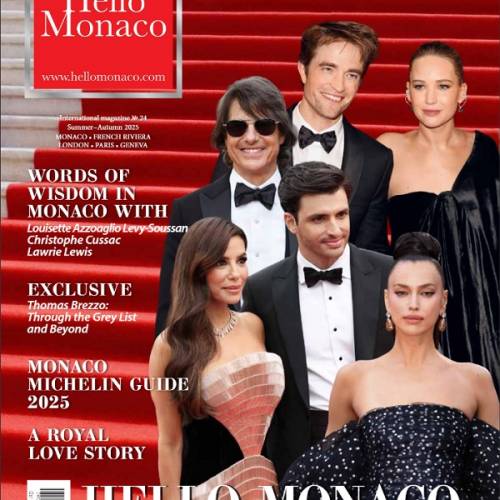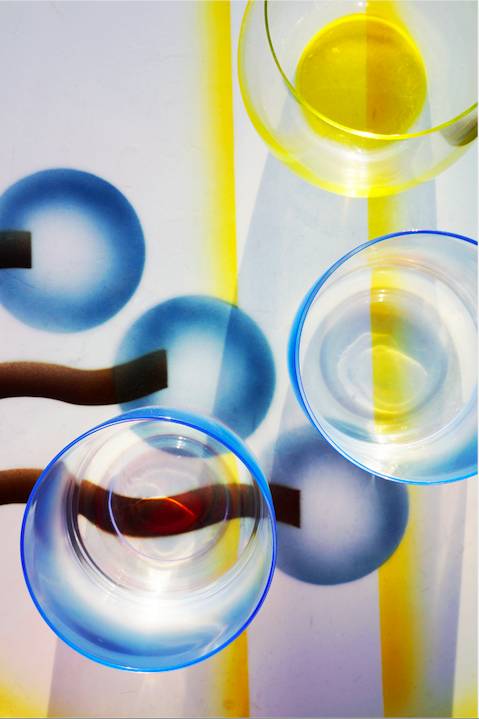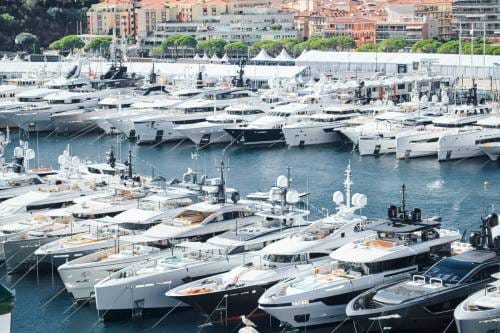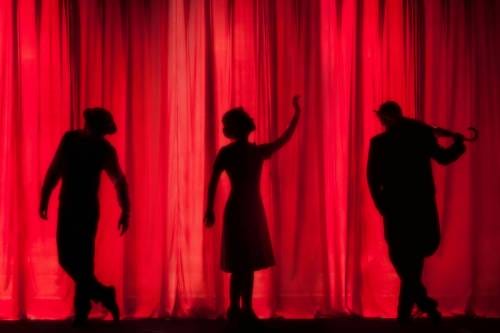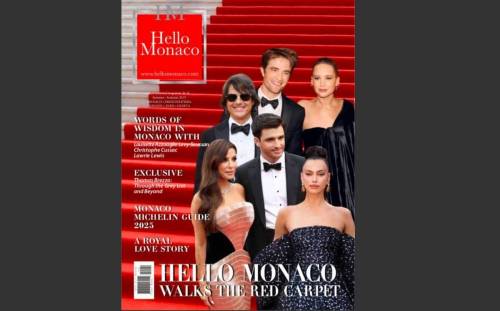“We will go as far as the sun”: Jessica Backhaus at the Mougins Photography Center
Until June 2
A singular atmosphere indeed. Its very colourful, slightly mystical images, in particular, the cut-outs, are anchored in the Matissian themes or evoke the painted squares of Joseph Albers. Jessica Backhaus’ art represents a small, very personal universe at the Mougins Photography Center. A colourful world, with its reality cut into sequences like in a film.
Jessica Backhaus is considered one of the most prominent voices in German contemporary photography. Her new “Cut Outs” series are created using the simplest means, reducing photography to its basic elements: light and shadow, form and colour. The transparent cut paper reacts to the heat of intense sunlight, deforming, lifting and casting shadows.
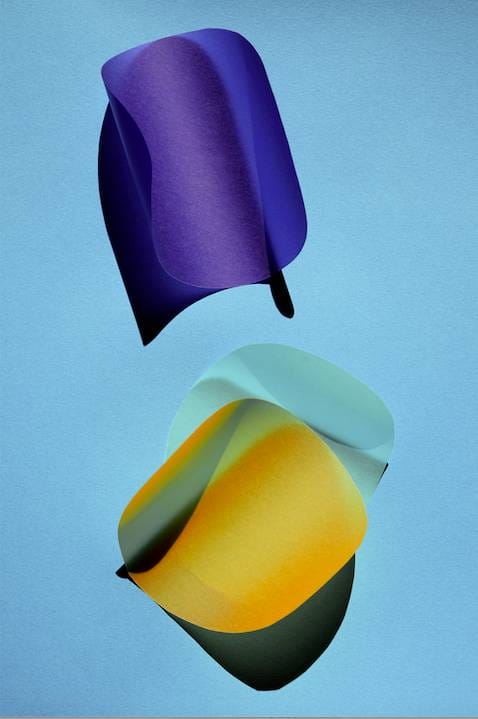
We ignore the origin of these abstract compositions with an undeniable hypnotic power. Here the colours dance and go beyond reality.
The second “The Nature of Things” series is an observation of everyday objects and elements, resulting in some indecipherable still lifes. This is how mere water glasses finish up in a constellation…The images impose themselves with their indisputable presence. Yet they go beyond the observation of things, or even that of an artistic arrangement. It is as if a new look at reality was piercing the paper. Colours, a play of light and shadow give rise to a new approach to the photographic art. Only under the sun.
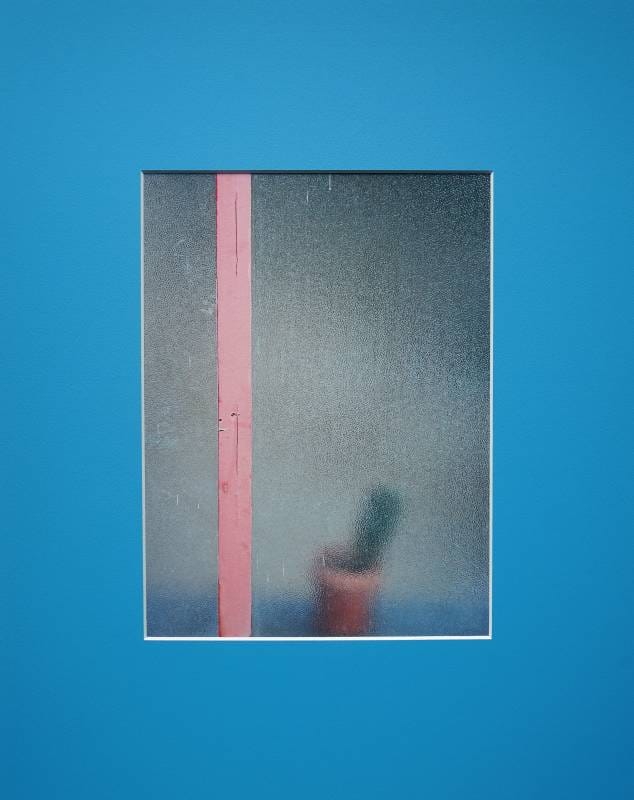
“We will go as far as the sun.” Jessica Backhaus
Photography Center
43 Rue de l’Eglise, Mougins, France
Martine Doytier, a retrospective in Nice
Until July 31
This unique exhibition immediately shakes up, challenges, grabs your guts and your heart. For the first time, a retrospective is paying tribute to an artist who greatly marked the cultural life of Nice and the French Riviera in the 70s and 80s. This young woman died far too soon, at the very moment her art and notoriety were asserting themselves.
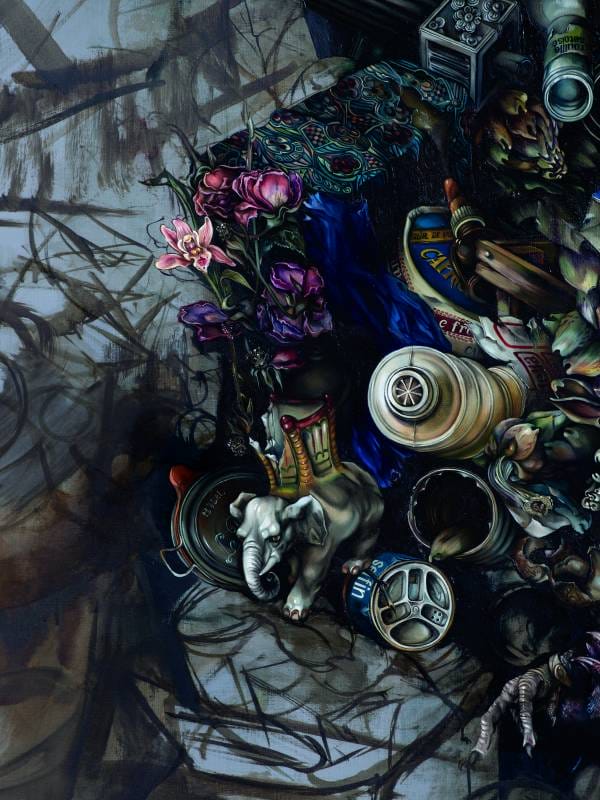
Having explored the naive style and inspired by a new spirit, Martine Doytier created a captivating style, reinacting an astonishing human comedy. Pale faces eaten by enormous black eyes, broken up or mishandled bodies, an accumulation of disturbing characters halfway between a child’s candour and a monster’s darkness we all have inside.
“Salons de l’Artistique” in Nice are now presenting some forty paintings and a number of unpublished drawings, revealing a story of this demanding, radical and tormented woman.
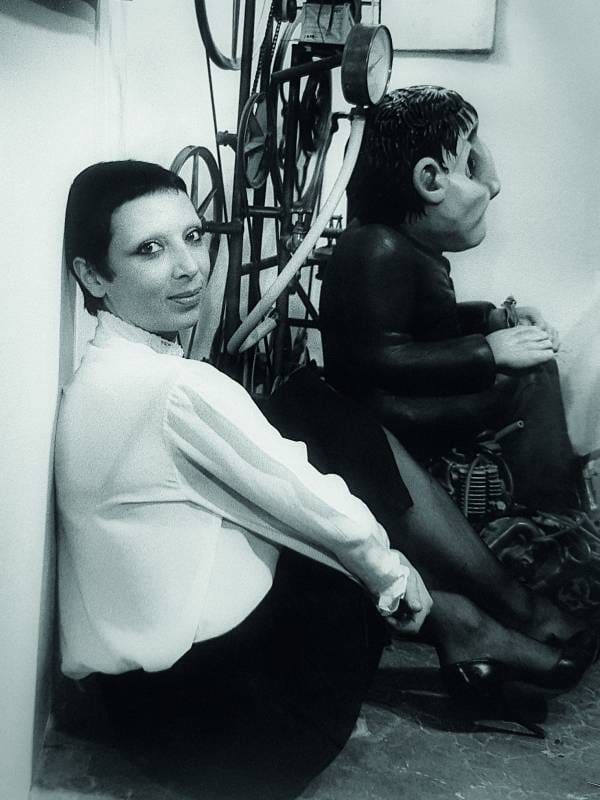
The curator of the exhibition, Marc Sanchez, meticulously brought together all these works, some of which have never been exposed. Two of them particularly stand out. The “Self-Portrait” is an ultimate and unfinished painting. The result of a five-year work, it is describing the daily universe of the artist, parading a number of characters having largely influenced “The School of Nice”. Her unique sculpture “M. Martin” is another impressive, lively composition set in the midst of the exhibition space. This is a jumble of sensations, questions and contradictory feelings. This work says a lot about the tortuous journey of this visual artist, strongly committed to her art.
Martine Doytier. Une rétrospective
L’Artistique; centre d’Arts et de Culture – Espace Ferrero
27B, Bd Dubouchage, Nice, France
Pasolini in chiaroscuro at the Villa Sauber in Monaco
Until September 29
There’ve been films (some really great ones), writings, poems, political statements, sulphurous remarks, controversies, scandals and a sudden death… assassination on a beach near Rome in 1975.
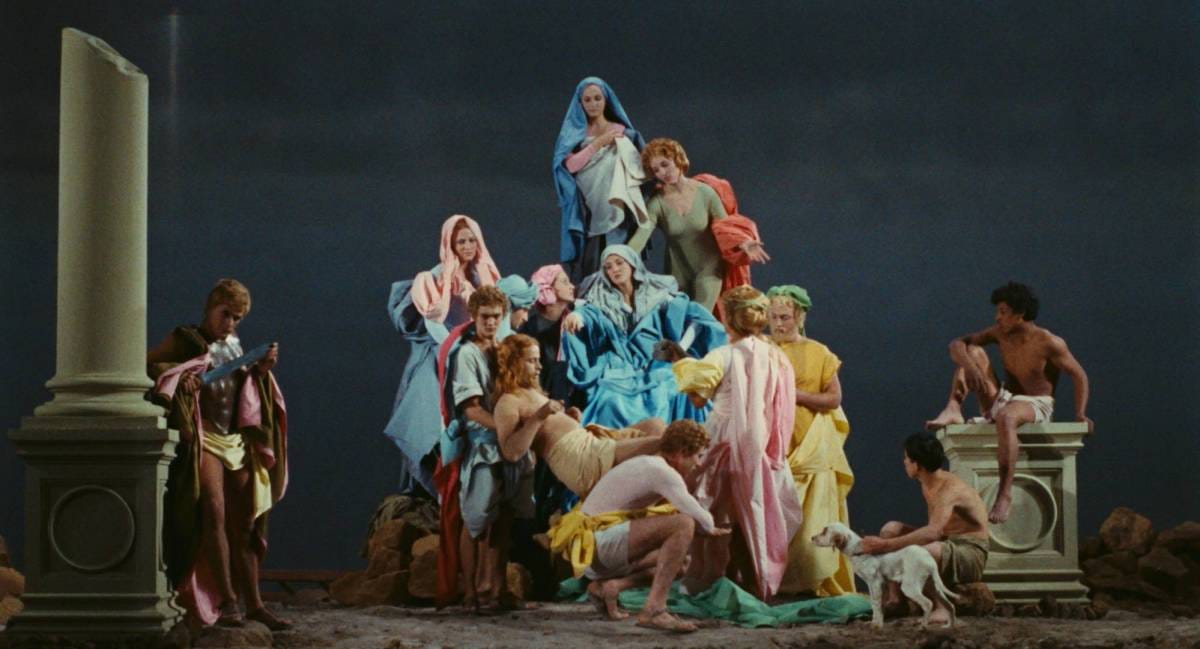
Pasolini is known all over the world and leaves no one indifferent. His influence is palpable to this day, fifty years after his passing away. He is being read, commented on, adapted and inspiring for contemporary artists. Cinema being a major part of his work, it is currently honoured by a fascinating exhibition: “Pasolini in Chiaroscuro” at the Villa Sauber, Monaco.
His films should be seen in the light of classical and contemporary art, with his aesthetic largely anchored in visuals. Excerpts from “Accatone”, “Theoreme” or “Salo” thus rub shoulders with paintings by Pontormo, Pieter Claesz, Giorgio Morandi, Fernand Léger or Francis Bacon.
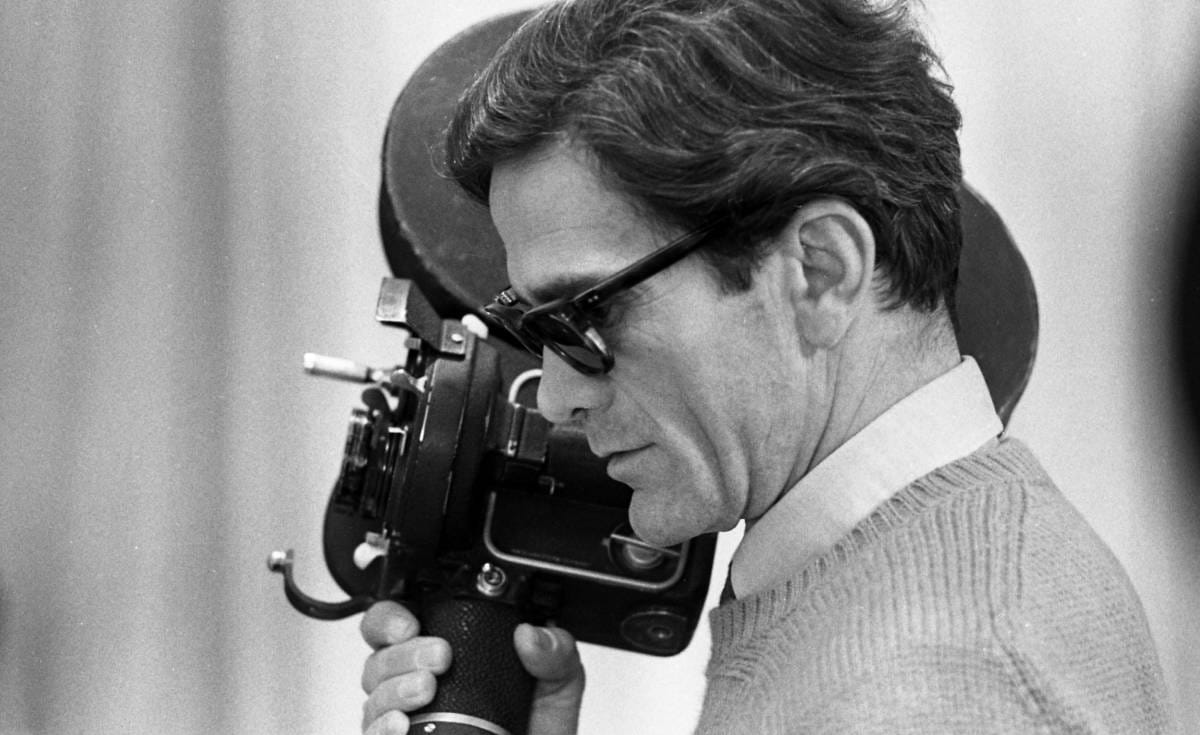
The second part of the exhibition bears witness to what extent a number of international artists were inspired by Pasolini, some of them sourcing their work from the very material of his films. In this respect, we may state that the Italian filmmaker, a scandal in his own time, remains a central figure in the history of modern and contemporary art.
Pasolini in Chiaroscuro
New National Museum of Monaco – Villa Sauber
17, Avenue Princesse Grace, Monaco
Bonnard and Japan in Aix-en-Provence
Until October 6
Pierre Bonnard is known to have been strongly influenced by the azure. This colour guided his pictorial research all through his stays in Le Cannet, currently hosting the artist’s museum. The “nabi” who moved from impressionism to symbolism, however, drew his pure colours, suave lights, peaceful contours and soft nuances from the country of the Rising Sun.
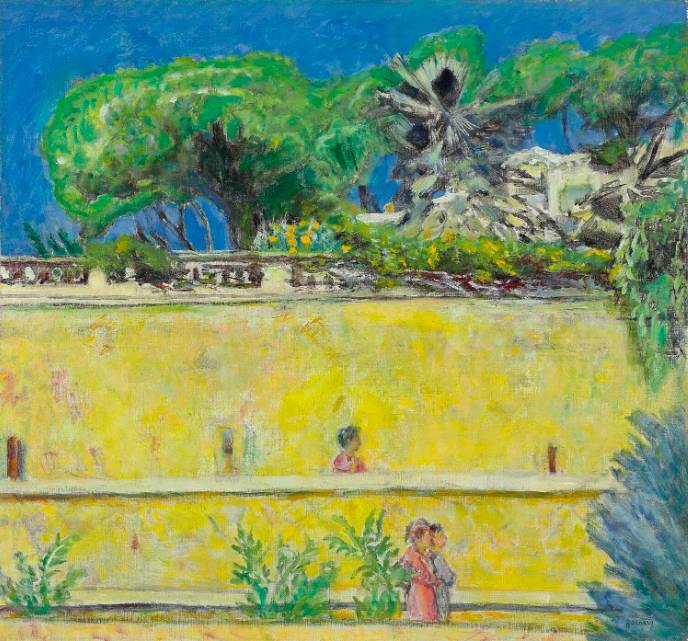
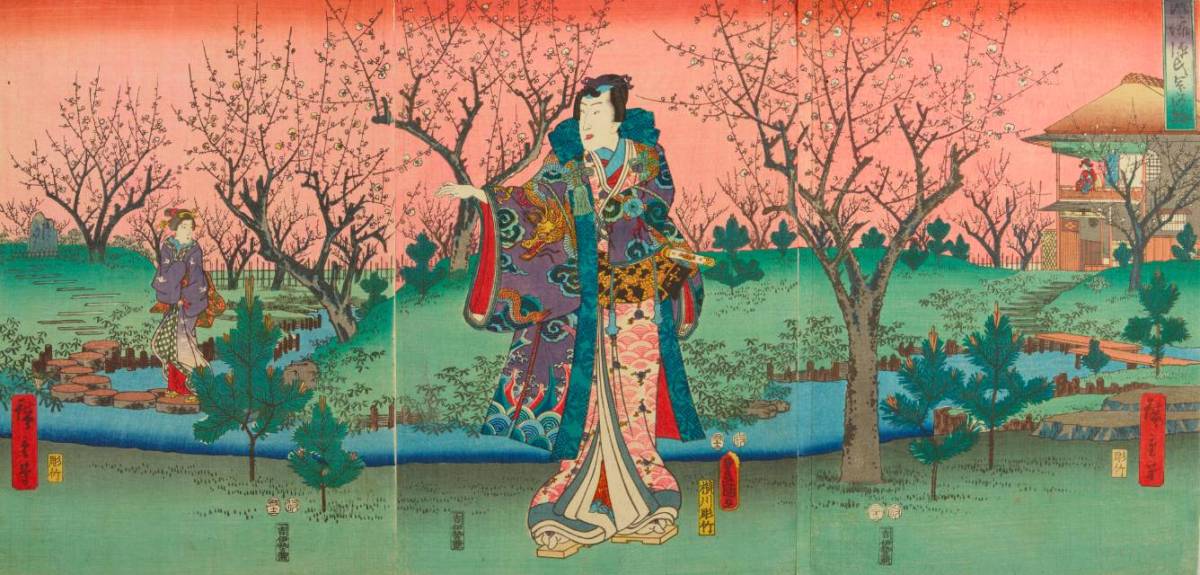
Pierre Bonnard has well integrated Japanese aesthetics into his art. His processing of space, time and movement is inspired by Japanese prints, with their delicate vision of the world. According to the painter, “Through contact with these crude popular images, I came to understand that colour could express all things without the need for relief or modelling”.
This interaction between Pierre Bonnard and Japan is celebrated by an exhibition for the very first time.
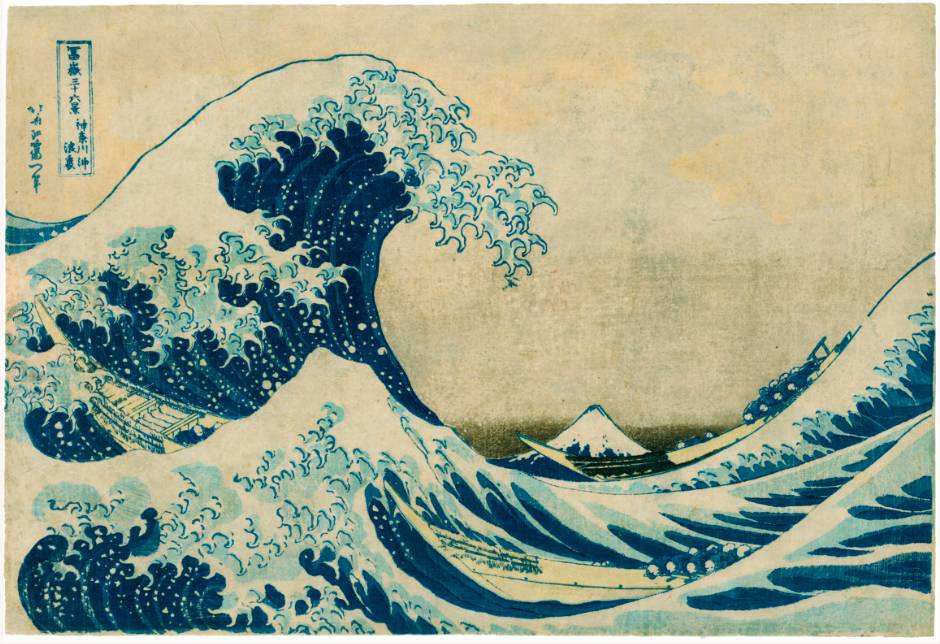
The Hôtel de Caumont, in Aix-en-Provence, is exhibiting the works of the French painter alongside a selection of Japanese prints from the prestigious Leskowicz collection, illustrating their similarities and affinities.
This dynamic scenography demonstrates how works of artists so distant in time and space may raise surprisingly close aesthetic questions. A true revelation.

Bonnard and Japan
Hôtel de Caumont – Art Center
3, Rue Joseph Cabassol, Aix-en-Provence, France


